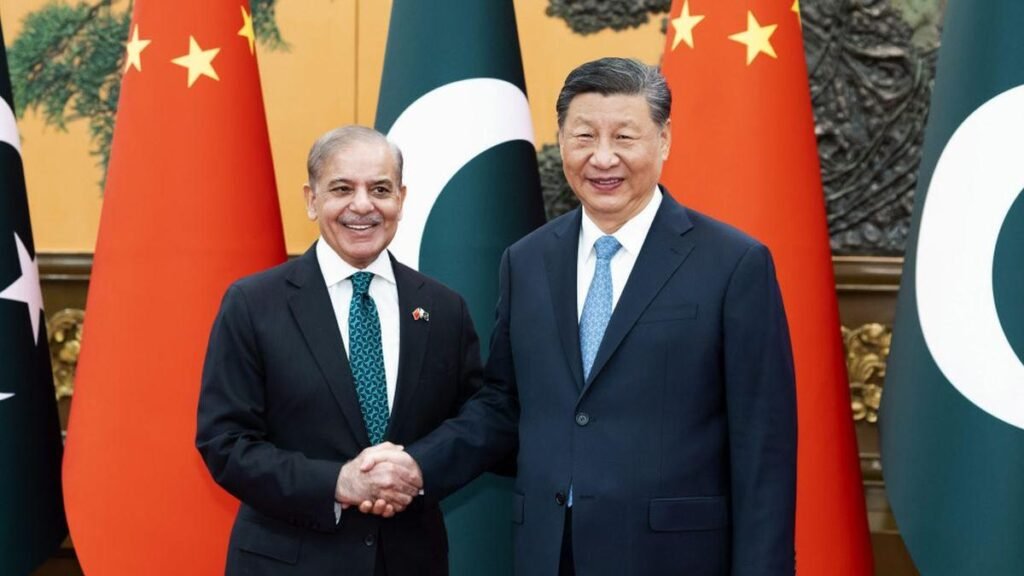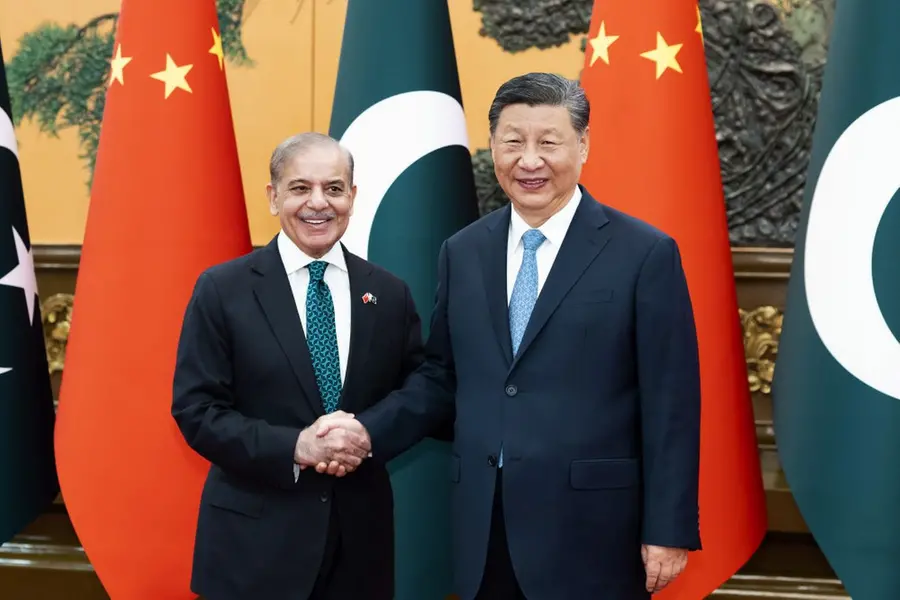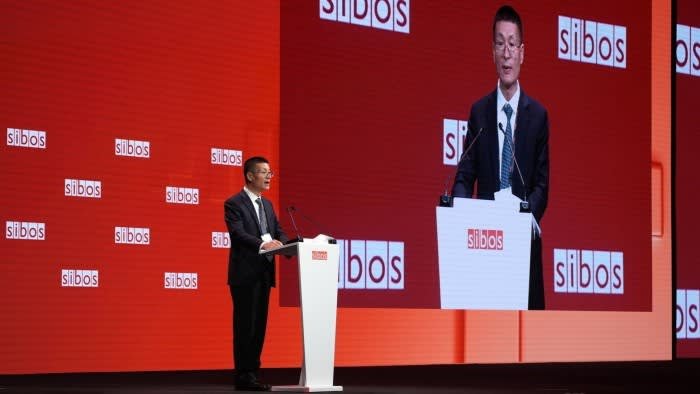China-Pakistan Economic Corridor faces financial, political, and security challenges, pushing Pakistan into a debt trap. CPEC’s future uncertain amid rising tensions.
The China-Pakistan Economic Corridor (CPEC), once hailed as a transformative economic project, is reportedly mired in financial and political challenges, with an article in The Diplomat news magazine suggesting it has led Pakistan into a significant debt trap. The project, which was envisioned to boost Pakistan’s economy, has reportedly failed to meet its targets, resulting in a $9.5 billion debt to Chinese entities.
According to the report, Pakistan currently owes more than $7.5 billion for power plants and an additional $2 billion to Chinese energy producers in unpaid bills. Economist Ali Hasanain of Lahore University of Management Sciences attributes the project’s financial woes to its heavy reliance on foreign currency, which has reportedly strained Pakistan’s fiscal space.
The delays in the project’s second phase, CPEC 2.0, have reportedly hindered Pakistan’s ability to develop an export-driven industrial base, making it difficult to repay its debts and leading to a prolonged financial crisis.
Political and security hurdles
The report highlights that CPEC’s progress has been significantly hampered by internal political conflicts within Pakistan. The Pakistan Muslim League Nawaz (PML-N) government, which initiated the project, was accused of corruption and inflating project costs by the opposition Pakistan Tehreek-e-Insaf (PTI). When the PTI came to power in 2018, it sought to renegotiate contracts, fearing they were overly favorable to China.
Further complications arose when the PTI government sought a financial bailout from the International Monetary Fund (IMF) in 2019. To secure the bailout, Pakistan was required to share details of CPEC with the IMF and implement fiscal consolidation measures, which reportedly slowed down the project and angered the Chinese side.
Ethnic tensions fuel security concerns
The article also points to ethnic and provincial tensions as a major obstacle, leading to a series of security challenges. Armed groups such as the Balochistan Liberation Army (BLA) in Balochistan and the Tehreek-e-Taliban Pakistan (TTP) in Khyber Pakhtunkhwa have reportedly mounted attacks against CPEC projects.
The report cites statistics showing that from 2021 until late 2024, there were 14 attacks on CPEC-related projects, resulting in the deaths of 20 Chinese citizens and injuries to 34 others. The majority of these attacks were claimed by the BLA. The article notes that since the U.S. withdrawal from Afghanistan, the TTP has also increased its attacks in Pakistan, targeting Chinese interests.
Subscribe to our Newsletter
Disclaimer: Kindly avoid objectionable, derogatory, unlawful and lewd comments, while responding to reports. Such comments are punishable under cyber laws. Please keep away from personal attacks. The opinions expressed here are the personal opinions of readers and not that of Mathrubhumi.








